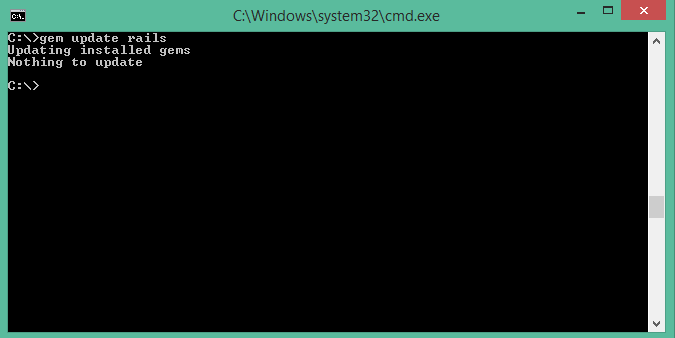

INSTALL RUBYMINE CODE
The RubyMine debugger provides various ways to examine the state of a running application: you can step through your code and check variable values, set watches on variables to see when values change, and so on. These include performance optimizations, Smart Step Into, block breakpoints, and others. In this blog post, we’ll review the rich debugging capabilities available in RubyMine and then we’ll have a quick rundown of the new debugging features added in v2019.2. One of the main advantages of IDEs over text editors is the debugging experience. "!(*test).js".To learn more about debugging capabilities available in RubyMine, refer to the help topics and tutorials from the Debug section."*.js" will match all JS files, like /test.js and /foo/bar/test.js.If the glob pattern contains no slashes ( /), micromatch's matchBase option will enabled, so globs match a file's basename regardless of directory:.

lint-staged uses micromatch for matching files with the following rules: Linter commands work on a subset of all staged files, defined by a glob pattern. If necessary, you can limit the concurrency using -concurrent or disable it entirely with -concurrent false. See "How to use lint-staged in a multi-package monorepo?" for more info and an example.

For a given staged file, the closest configuration file will always be used. You can also place multiple configuration files in different directories inside a project. See Using JS configuration files for more info. JavaScript files can also export advanced configuration as a function. This package uses micromatch for glob patterns. Pass a configuration file using the -config or -c flagĬonfiguration should be an object where each value is a command to run and its key is a glob pattern to use for this command.Whether your project's package.json contains the "type": "module" option or not. lintstagedrc.js in either ESM or CommonJS format, depending on Configure lint-staged to run linters and other tasks:.
INSTALL RUBYMINE INSTALL


 0 kommentar(er)
0 kommentar(er)
